Nicknamed “The Big Easy” and “NOLA,” New Orleans is famous for its vibrant music scene, colorful festivals, and unique cuisine. Located in Louisiana, it sits along the Mississippi River and is known for its French and Spanish Creole architecture. Founded in 1718 by the French, the city has a rich cultural history, including jazz music and Mardi Gras celebrations. If you’re looking for the best areas to stay in New Orleans, you’ve come to the right place.
New Orleans has a deep historical context that connects to its main attractions, like the French Quarter with Bourbon Street at its center. Jackson Square, another site, features historical landmarks such as St. Louis Cathedral and the Cabildo Museum. The city’s tourist industry is immense, offering both upscale hotels and budget options to accommodate millions of visitors annually.
Other must-see attractions include the Garden District, famous for its antebellum mansions and lush gardens. The National WWII Museum provides an educational experience about America’s involvement in World War II. Audubon Park offers beautiful scenery and recreational opportunities, while the city’s various voodoo shops provide a unique glimpse into this mystical aspect of local culture.
New Orleans, especially the French Quarter, offers a bustling nightlife. Its streets are alive with jazz music from bars and clubs, making it an excellent place for party-goers.
Keep reading this guide to learn more about New Orleans and discover the best areas to stay in this fascinating city.
Accommodation Options in New Orleans, LA
The Best Areas to Stay in New Orleans: A Summary
If you don’t have the time to read the full article, here’s a summary of our best areas to stay in NOLA. Keep on reading to find out more information about each of these New Orleans areas.
- Best location for sightseeing: French Quarter
- Best location for nightlife: Bourbon Street (French Quarter)
- Best location for business travelers: Downtown NOLA
- Cheapest area to stay: Central City
- Best area for LGBTQ+ travelers: French Quarter | Faubourg Marigny
What’s the Best Area to Stay in NOLA?

The best area to stay in New Orleans is the French Quarter. Known for its vibrant nightlife, colorful buildings, and famous Bourbon Street, this historic neighborhood offers a lively atmosphere. Visitors will find various restaurants serving delicious Creole and Cajun cuisine, as well as numerous bars and music venues featuring jazz performances. Walking through the streets, guests can admire the distinctive architecture and soak in the lively ambiance that makes the French Quarter a must-visit destination in New Orleans.
Find available accommodation in the French Quarter.
Best Hotels in the French Quarter, New Orleans
- Best 5-star hotel: The Royal Sonesta New Orleans
- Best 4-star hotel: The Westin New Orleans
- Best 3-star hotel: Chateau Hotel
- Best budget hotel: Hotel St. Marie
- Best hostel: City House New Orleans Samesun
The Best Areas to Stay in NOLA

While the French Quarter is the best location for tourists in New Orleans, this attraction-packed area is not the only option in NOLA. Other areas can be just as fun and convenient, depending on your interests. These are some recommended areas to stay in New Orleans:
- The French Quarter is the oldest neighborhood in New Orleans, and it is famous for its vibrant nightlife, live music, and classic New Orleans cuisine. The French Quarter is a bustling area filled with historic architecture, street performers, and lively bars.
- Faubourg Marigny is adjacent to the French Quarter and is known for its bohemian vibe and vibrant arts scene. The neighborhood features colorful Creole cottages and a mix of music venues showcasing jazz and blues.
- The Arts-Warehouse district is characterized by converted warehouses that now house art galleries, trendy restaurants, and chic boutiques. Known for its contemporary art scene, it is also home to the National WWII Museum.
- Treme is one of the oldest African-American neighborhoods in the United States. It is known for its deep cultural roots in jazz music and Creole traditions.
- Downtown New Orleans is a bustling business district known for its skyscrapers, shopping centers, and popular attractions like the Mercedes-Benz Superdome. It offers a modern urban experience with numerous dining and entertainment options.
- Uptown is a primarily residential area featuring tree-lined streets, grand mansions, and quaint shops.
- Mid-City offers residential areas and local businesses. It features locales such as City Park and the New Orleans Museum of Art.
- Central City is an emerging area recognized for cultural institutions like the Ashé Cultural Arts Center that focuses on Afro-Caribbean culture.
The Best Areas to Stay in New Orleans: Top Quarters
1. French Quarter
Best Location in NOLA for nightlife & first-time visitors

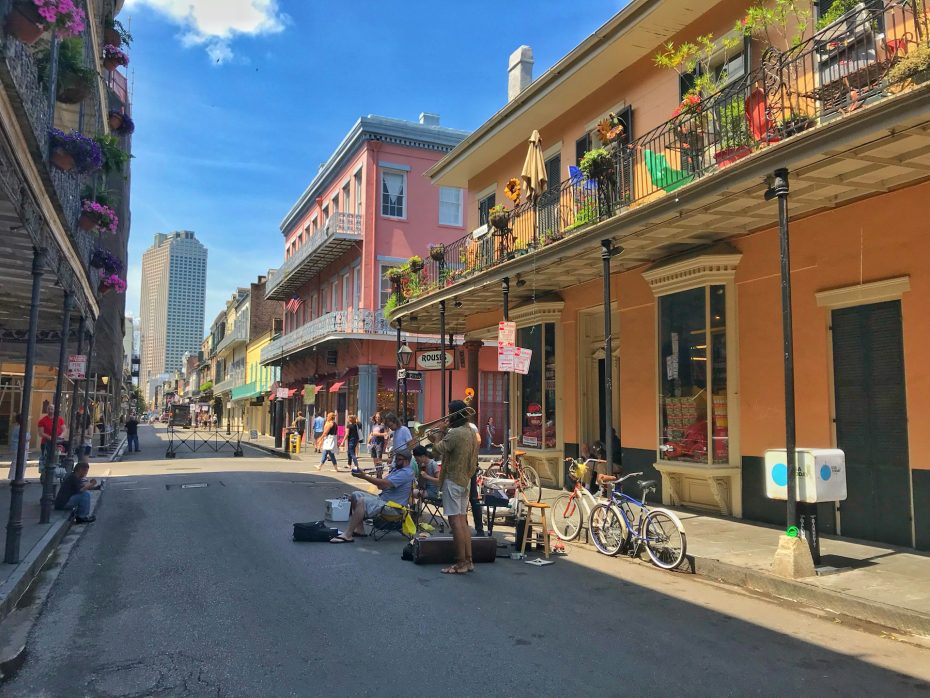
Known for its historic charm and vibrant nightlife, the French Quarter is the oldest neighborhood in New Orleans.
-
Why is this the best area to stay in New Orleans:
- Historic charm
- Vibrant nightlife
- Jackson Square
- St. Louis Cathedral
- Lively music scene
- Bourbon Street NIGHTLIFE
- Iconic architecture
- Delicious Creole cuisine
- Best area for LGBTQ+ travelers
The French Quarter, also known as Vieux Carré, is the oldest neighborhood in New Orleans, Louisiana. Established in 1718 by the French and later influenced by Spanish rule, its rich culture remains evident today. Located along the Mississippi River and bordered by Canal Street to the west and Esplanade Avenue to the east, it is a vibrant cultural hub and a landmark of historical significance.
One of the defining features of the French Quarter is its architecture. The area retains an 18th-century aesthetic with narrow streets lined with colonial-era buildings boasting wrought-iron balconies, colorful facades, and hidden courtyards. Jackson Square is a focal point, originally known as Place d’Armes or Plaza de Armas. This historic square is flanked by landmarks such as St. Louis Cathedral, the Cabildo, and the Presbytère—all significant relics of colonial governance.
The district is a trove of attractions. Bourbon Street is perhaps the most famous stretch within the Quarter, offering a variety of bars, clubs, and restaurants that together form a microcosm of New Orleans’ nightlife. Royal Street offers a more subdued experience with its many antique shops, art galleries, and street performances, representing the city’s artistic spirit.
Historical sites like Preservation Hall provide nightly jazz performances in an authentic setting that has changed little since it was established in 1961. The French Market, dating back to 1791, operates today as an open-air market featuring diverse food stalls and craft vendors.
Transportation within the French Quarter is accessible and convenient. While exploring on foot is common due to compact street layouts, options such as streetcars on Canal Street connect visitors to other parts of New Orleans.
Accommodation within this area ranges from boutique hotels lodged in restored colonial buildings to larger properties.
Best Hotels in the French Quarter, NOLA
2. Faubourg Marigny
Best Location for music lovers

Located adjacent to the French Quarter, Faubourg Marigny is popular for its bohemian vibe and vibrant music scene.
-
Why is this the best area to stay in New Orleans:
- Unique architectural charm
- Vibrant music scene
- Eclectic art galleries
- Local dining gems
- Historic Elysian Fields Avenue
- Bustling Frenchmen Street
- Quaint coffee shops
- Proximity to the French Quarter
- LGBTQ+ friendly environment
Faubourg Marigny is situated just downriver from the French Quarter, separated by Esplanade Avenue. Faubourg Marigny stands out because of its distinctive Creole cottages and late Georgian-style houses.
Established in 1805 by Bernard de Marigny, a wealthy French Creole developer, the neighborhood was initially a residential area for the city’s burgeoning populations. Bernard de Marigny’s subdivision of land paved the way for one of New Orleans’ first suburbs. The neighborhood’s grid pattern and proximity to the Mississippi River made it an attractive locale for settlers.
Frenchmen Street is often regarded as the centerpiece of Faubourg Marigny. The street is renowned for its vibrant live music scene, hosting numerous jazz clubs, bars, and restaurants. This area is particularly notable for offering an authentic music experience that resonates with the historical roots of New Orleans jazz. Additionally, Frenchmen Street features art markets and night bazaars where local artisans showcase their creations.
For those interested in historical sites, Faubourg Marigny is home to the New Orleans Jazz Museum at the Old U.S. Mint provides an extensive overview of the history and influence of jazz music in the city. Another notable site is St. Roch Chapel, a Gothic Revival cemetery chapel constructed in 1876 in honor of St. Roch.
Transportation options within Faubourg Marigny are convenient. The St. Claude Avenue streetcar line provides direct access to other key areas within New Orleans, while several bus routes cover major transit points throughout the neighborhood. Walking and biking are common due to the flat terrain and pedestrian-friendly streets.
Accommodation options in Faubourg Marigny range from boutique inns housed in historical buildings to contemporary hotels featuring modern amenities.
Best Hotels in Faubourg Marigny, NOLA
3. Arts Warehouse District
A great area to stay in NOLA

Home to the Contemporary Arts Center, several art galleries, and the National WWII Museum, the Arts-Warehouse District is a great location in New Orleans.
-
Why is this the best area to stay in New Orleans:
- Vibrant nightlife
- Diverse dining options
- Contemporary art galleries
- Unique street art
- Central location
- Trendy boutiques
The Central Arts-Warehouse District, often referred to simply as the Warehouse District, is an area located just south of Downtown New Orleans. This district has evolved over the past century from a manufacturing hub into a vibrant cultural and artistic enclave.
Historically, the district’s significance rose in the 19th century when its warehouses stored goods that passed through the Port of New Orleans. As commerce patterns shifted, the area experienced a decline, but it underwent a significant transformation starting in the late 20th century. The revitalization was driven by artists and developers who repurposed old warehouse spaces into galleries, studios, and loft apartments.
A hallmark of this district is its concentration of art galleries and museums. The Contemporary Arts Center, established in 1976, serves as a focal point for avant-garde visual and performing arts. Another notable institution is the Ogden Museum of Southern Art, which showcases works by artists from the American South. Additionally, the National World War II Museum, located here, provides comprehensive exhibits detailing American contributions to World War II.
Aside from its artistic venues, the district offers dining options featuring diverse cuisines. It also hosts several annual festivals and events celebrating art, music, and food. These elements contribute to an active nightlife scene characterized by art walks and live performances.
Transportation in this district is facilitated by its proximity to major thoroughfares such as St. Charles Avenue and Convention Center Boulevard. The area is accessible via multiple streetcar lines, including the St. Charles Streetcar Line and the Riverfront Streetcar Line.
Accommodation options in the Arts-Warehouse District vary from boutique hotels housed in repurposed historic buildings to modern high-rise hotels.
Best Hotels in the Arts Warehouse District, NOLA
4. Tremé
A great area to stay in NOLA close to the French Quarter
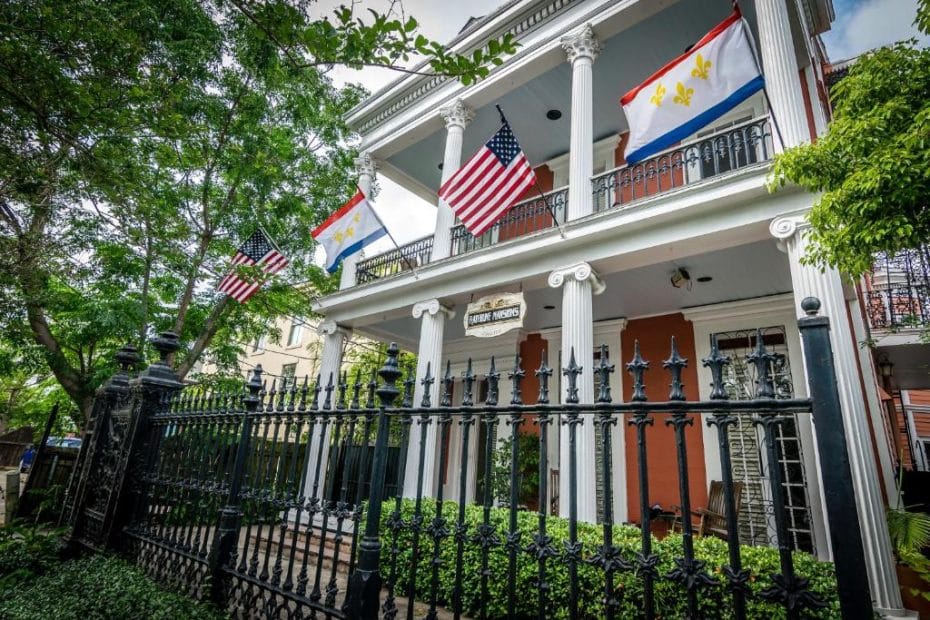
Known for its cultural heritage, Tremé is considered one of the oldest African-American neighborhoods in the United States.
-
Why is this the best area to stay in New Orleans:
- Vibrant live music scene
- Renowned restaurants and bars
- St. Augustine Church
- Louis Armstrong Park
- Authentic Creole cuisine
Tremé is a historical African-American neighborhood in NOLA. Geographically situated north of the French Quarter and bordered by North Rampart Street, Claiborne Avenue, St. Louis Street, and St. Bernard Avenue, Tremé offers a combination of historical depth and contemporary culture.
Tremé was established in the late 18th century and quickly became a center for free people of color. Its rich cultural heritage is evident through its critical role in the development of jazz music and its long history of Afro-Caribbean traditions. Congo Square in Armstrong Park is particularly significant as a historical site where enslaved Africans would gather on Sundays to drum, dance, and trade goods as early as the 1740s. This location remains a focal point for understanding the cultural evolution of city life in New Orleans and the roots of various musical genres.
Several attractions contribute to Tremé’s appeal. The New Orleans African American Museum provides invaluable insights into the area’s Black history. St. Augustine Church, established in 1841, holds particular importance as one of the oldest African-American Catholic parishes in the United States. Moreover, Louis Armstrong Park—named after the legendary jazz musician—functions as a recreational space and as an homage to musical history with statues and memorials honoring key figures from New Orleans’ vibrant jazz scene.
Thanks to public transit, transportation within Tremé is relatively accessible. The North Rampart Streetcar line provides a direct route to other parts of New Orleans, including Canal Street and Loyola Avenue. Multiple bus routes also navigate through the neighborhood, offering connections to nearby districts such as Mid-City and the Central Business District (CBD).
Best Hotels in Treme, NOLA
5. Downtown New Orleans
The best area to stay in New Orleans for Business Travelers
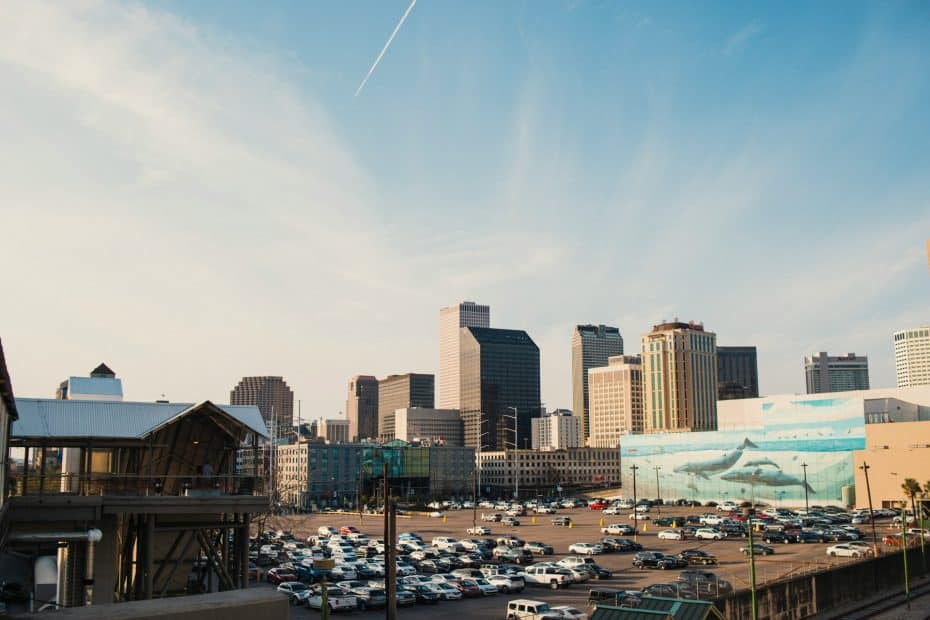
Conveniently located near the major attractions, Downtown New Orleans is perfect for those wanting to be close to the city’s action.
-
Why is this the best area to stay in New Orleans:
- Mississippi River views
- High-end hotels
- Art galleries and museums
- Abundant shopping options
Downtown New Orleans is bordered by the Mississippi River to the southeast and flanked by Canal Street to the northwest. This area has long been recognized for its financial, business, and cultural significance since its development in the 18th century.
The district is renowned for landmarks like the Mercedes-Benz Superdome, an iconic stadium that opened in 1975 and hosts numerous sports events and concerts. Another notable site is the Audubon Aquarium of the Americas, which offers extensive marine exhibits and showcases aquatic life native to the region. For those interested in performing arts, the Saenger Theatre on Canal Street, originally opened in 1927 and restored in recent years, presents Broadway shows and concerts.
A key feature of Downtown New Orleans is its diverse entertainment options. The French Quarter is located nearby .
Transportation within Downtown New Orleans is facilitated by several options. The New Orleans Union Passenger Terminal serves as a hub for Amtrak’s Crescent line, connecting major cities, including Atlanta and Washington D.C. Additionally, streetcar lines like those running along Canal Street offer convenient access to nearby neighborhoods, including Mid-City and Uptown.
Best Hotels in Downtown New Orleans
6. Uptown New Orleans
An upscale area in NOLA
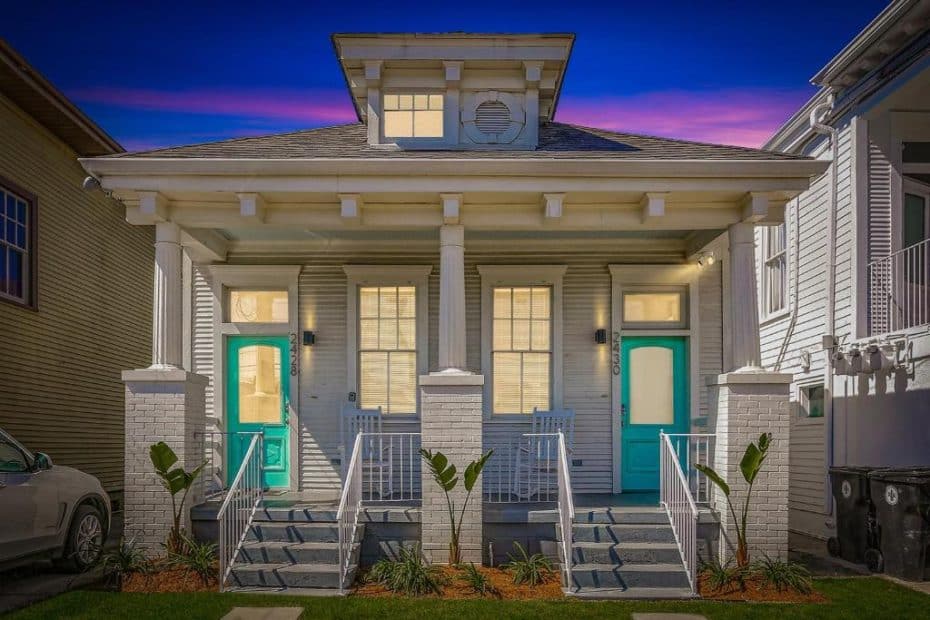
Uptown is a mainly residential area with tree-lined streets and grandiose mansions.
Uptown is renowned for its historic character and vibrant community. It stretches from the Mississippi River to South Claiborne Avenue, continuing west from Napoleon Avenue to Audubon Park. This area is distinguished by its grand antebellum mansions, charming cottages, and shady oak-lined streets.
Historically, this area was developed during the mid-19th century as a “streetcar suburb,” making it a desirable residential neighborhood. The St. Charles Avenue Streetcar, which started operating in 1835, remains an iconic transport option. The Green Line is a vital thoroughfare connecting Uptown with other parts of the city.
Significant attractions in Uptown include Audubon Park, which encompasses the Audubon Zoo and offers expansive green spaces and walking paths. Loyola University and Tulane University are situated here, bringing a youthful energy and numerous cultural events to the area. Magazine Street is another highlight—spanning six miles—with numerous boutiques, antique shops, cafes, and art galleries.
The nightlife in Uptown centers around Magazine Street’s many bars and music venues, which offer live jazz and other genres.
Best Hotels in Uptown New Orleans
7. Mid-City
A quiet area to find accommodation in New Orleans

Located near City Park and Bayou St. John, Mid-City has a relaxed atmosphere with plenty of green space.
Mid-City was developed as a residential neighborhood in the late 19th and early 20th centuries, which is reflected in its architectural landscape, which features a mixture of shotgun houses, bungalows, and larger Victorian homes.
Notable landmarks in Mid-City include City Park, one of the largest urban parks in the United States. It offers numerous attractions, such as the New Orleans Museum of Art, the Botanical Garden, and Storyland amusement park. Additionally, Bayou St. John runs through this area, providing opportunities for kayaking and scenic walks.
The Fair Grounds Race Course is another key attraction. It hosts the annual New Orleans Jazz & Heritage Festival, a significant cultural touchpoint for the city that draws visitors from around the world.
Several streetcar lines offer transportation in Mid-City, including the Canal Street Line, which runs directly through it, connecting downtown New Orleans with Lakeview. Buses and bike lanes also provide additional options for getting around.
Best Hotels in Mid-City, New Orleans
8. Central City
An up-and-coming district in New Orleans
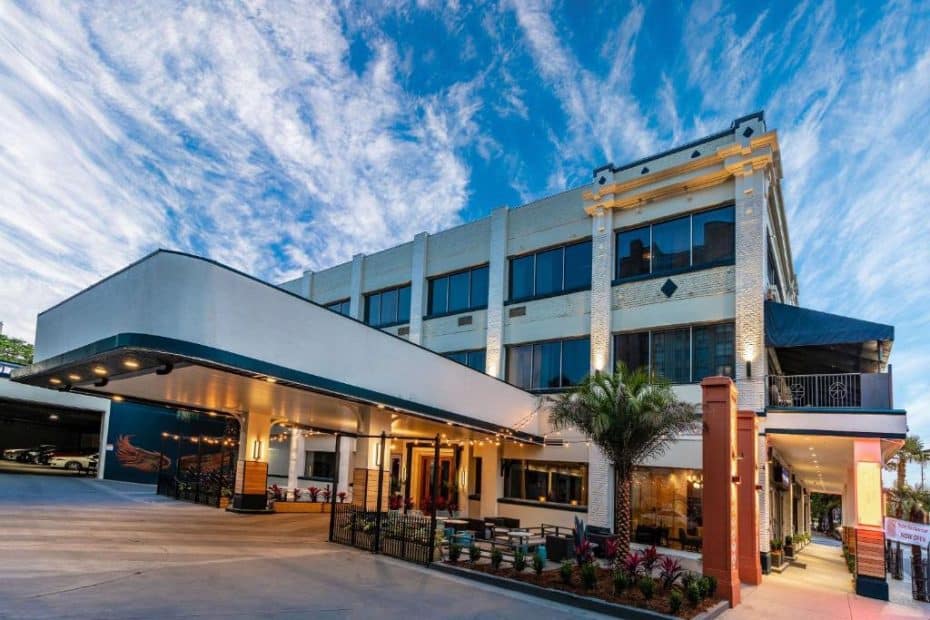
Central City offers a mix of historic sites and new developments, making it an interesting place to explore local culture.
Central City is located southwest of the city’s renowned French Quarter, offering a vibrant yet less tourist-heavy atmosphere. This neighborhood played a vital role during the Civil Rights Movement in the 1960s and continues to be an important cultural hub today.
The area is notable for its architectural heritage. Many buildings date back to the late 19th century and showcase distinctive Creole and Victorian-style homes. A particular point of interest is Oretha Castle Haley Boulevard, named after a local civil rights activist.
One of Central City’s main attractions is the New Orleans Jazz Market, which pays tribute to the city’s musical heritage with performances by local jazz artists. Another key site is the Ashé Cultural Arts Center, which hosts art exhibits, workshops, and live performances focused on African and African-American culture.
For those interested in history, the Southern Food and Beverage Museum offers a deep dive into the culinary traditions of New Orleans and the American South. The area is also renowned for its many outdoor murals, street art, and public art installations.
Best Hotels in Central City, New Orleans
Where to Stay in NOLA: Useful Information
New Orleans, or NOLA, offers a rich cultural experience.
Getting there is easy, with Louis Armstrong New Orleans International Airport serving most global airlines. For those nearby, buses and trains from major cities make for an enjoyable trip.
The city is large but mainly flat and quite walkable, especially in areas like the French Quarter. However, public transportation options such as streetcars are fantastic. The St. Charles and Canal Streetcar lines are particularly useful to tourists.
New Orleans is famous for its food, with must-try dishes including gumbo, jambalaya, po’boys, and beignets. These local treats are just a few reasons why the city is a foodie’s paradise.
The climate in NOLA varies widely. Winters are mild, with temperatures around 12°C (54°F). Springs see warmer weather, averaging around 20°C-25°C (68°F-77°F). Summers can get hot and humid, hitting highs of about 32°C (90°F) or more. Fall brings cooler temperatures back down to the 20s°C (70s°F).
A visit wouldn’t be complete without stopping by Jackson Square in the French Quarter. It’s a hub of art and history surrounding the St. Louis Cathedral.
Other attractions include a walk down Bourbon Street, a visit to the Garden District to see its historic homes, and a boat tour on the Mississippi River.
For the best experience, consider staying in the French Quarter. It is close to many attractions and has a lively atmosphere. The Garden District offers charming accommodations as well, and so does Faubourg Marigny, for a slightly quieter experience but still close to the action.
If you’re on a budget, consider hotels or hostels in Mid-City. They offer more affordable stays and are still accessible via streetcar or bus.
Booking accommodations well in advance will help you find better deals and ensure you get a place that meets your needs during popular times like Mardi Gras or Jazz Fest.
Best Areas to Stay in New Orleans: Frequently Asked Questions
The French Quarter is often considered the best area to stay in New Orleans due to its rich history, vibrant nightlife, and close proximity to many of the city’s main attractions.
Some of the safest tourist areas in New Orleans include the Garden District, Uptown, and parts of the French Quarter, particularly during daylight hours.
Yes, downtown New Orleans is generally walkable, with many attractions, restaurants, and shops located within a short distance from each other.
Certain parts of Central City, Mid-City at night, and some neighborhoods in the Upper Ninth Ward are commonly advised to avoid due to safety concerns.
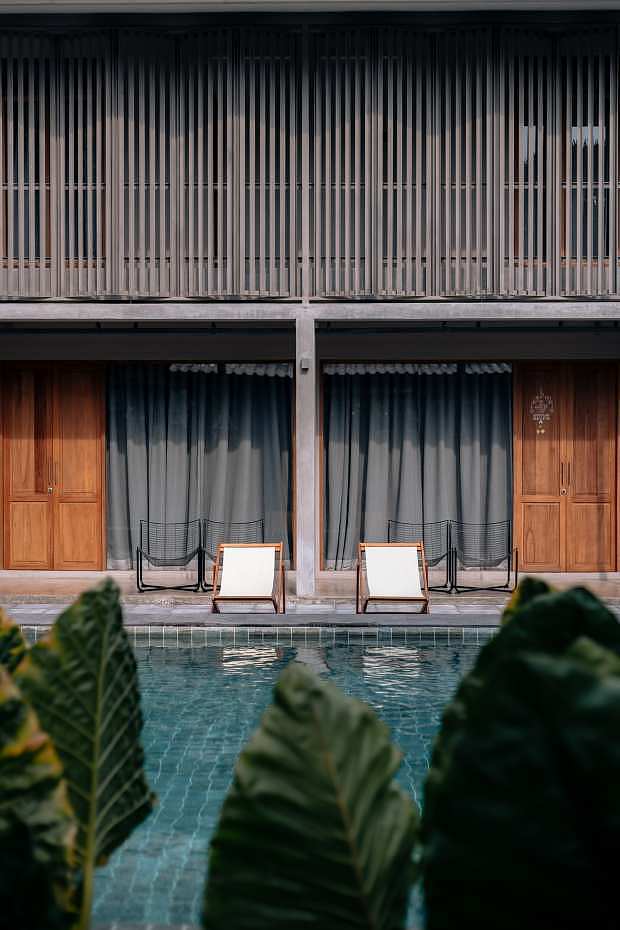
Other Accommodation Guides
- Best areas to stay in Miami
- Best areas to stay in Orlando
- Best area to stay in St. Augustine
- Best area to stay in Atlanta
- Best areas to stay in New York City
- Best areas to stay in Nashville
- Best areas to stay in Brooklyn
- Best areas to stay in Philadelphia
- Best areas to stay in Baton Rouge
- Best areas to stay in Memphis
- Best areas to stay in Dallas
- Best areas to stay in San Antonio
- Best areas to stay in Houston
- Best areas to stay in Austin
- Best areas to stay in Mexico City
- Best areas to stay in San Francisco
- Best areas to stay in Boston
- Best areas to stay in Seattle







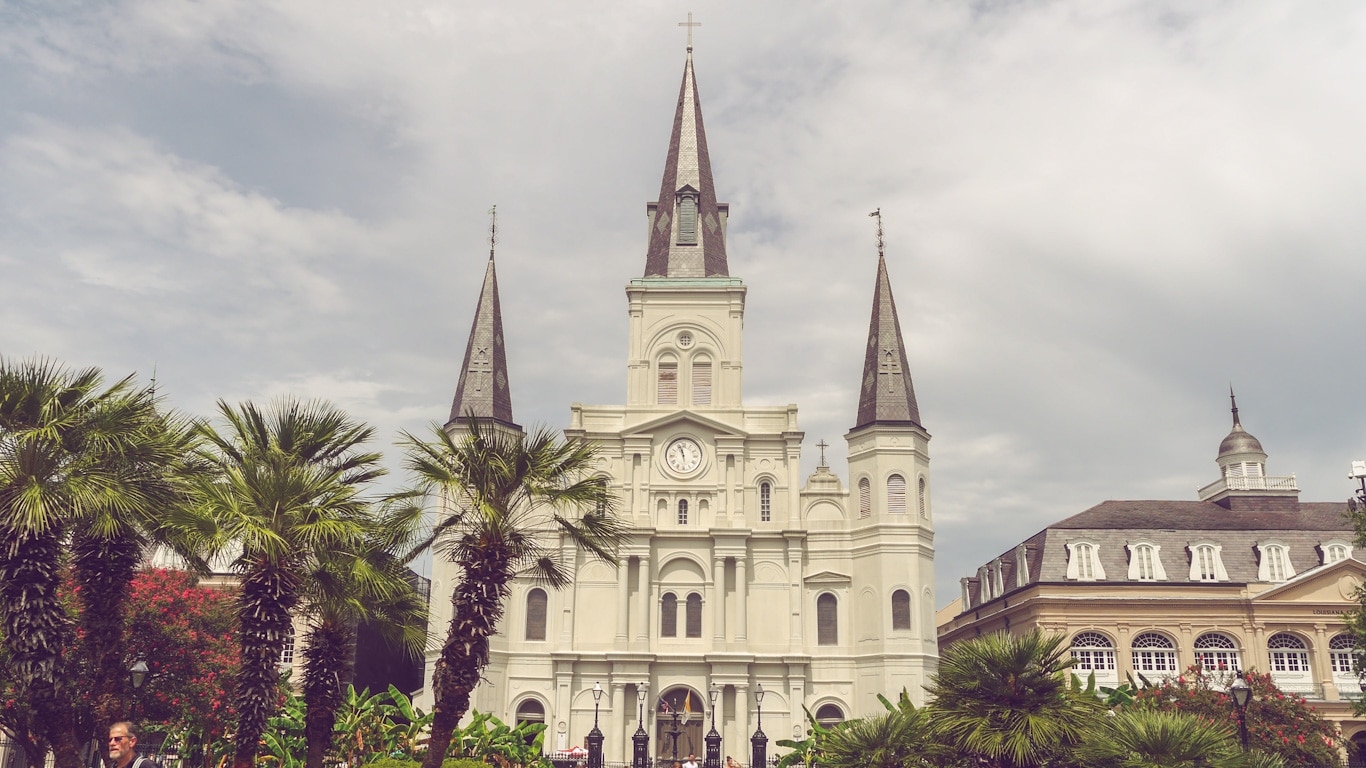
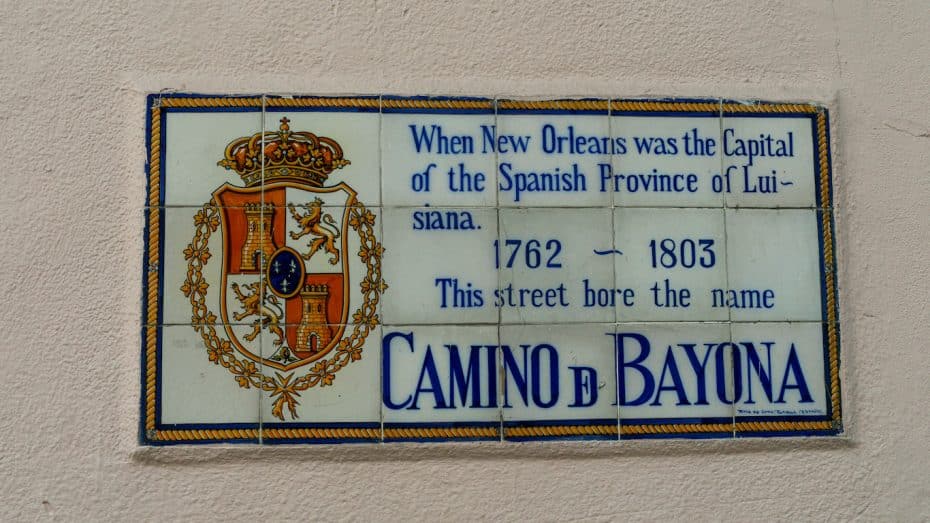


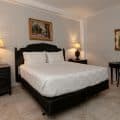




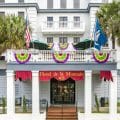




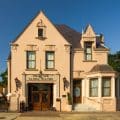




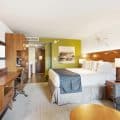


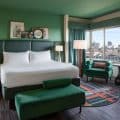






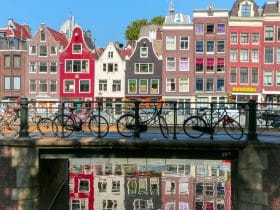



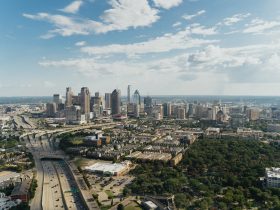

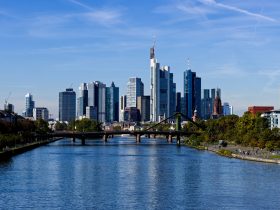


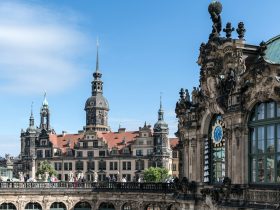
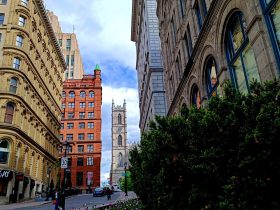
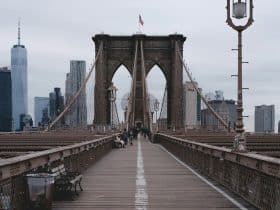

Leave a Reply
View Comments